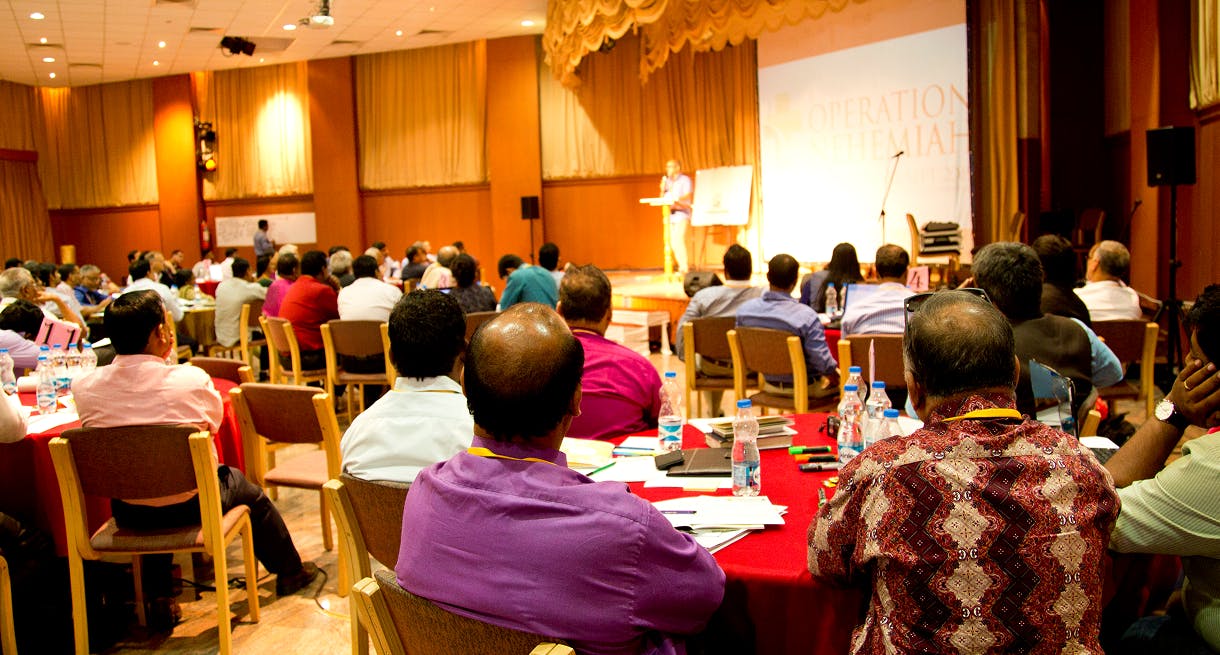
Streamlining Compliance for Modern Organizations

Every organization—whether corporate, nonprofit, or faith-based—operates within a web of laws, regulations, and ethical expectations. For Christian organizations in particular, compliance is not just about ticking boxes; it reflects a deeper commitment to stewardship, accountability, and credibility.
Yet many ministries and nonprofits struggle with compliance because systems are outdated, responsibilities are unclear, or processes are overly complicated. The good news is that compliance does not have to be a burden. When streamlined, it becomes a powerful enabler of mission, trust, and growth.
This article explores how organizations can simplify compliance in practical ways while ensuring that both spiritual and operational responsibilities remain strong.
The Compliance Challenge Today
Modern organizations face increasing requirements:
- Data protection and privacy regulations
- Financial reporting and audit standards
- Employment laws and volunteer management policies
- Safeguarding, safety, and risk management practices
- Donor accountability and ethical fundraising guidelines
For Christian organizations, these requirements sit alongside faith commitments, ethical expectations, and the responsibility to steward resources well. Failure to comply can lead to reputational harm, financial penalties, or, in worst cases, the closure of ministry opportunities.
Principle 1: Simplify Systems, Don’t Overcomplicate Them
One of the biggest mistakes organizations make is creating compliance processes that are overly complex. When policies are too rigid or paperwork too heavy, staff and volunteers become frustrated and disengaged.
Instead, the goal should be simplicity and accessibility. Digital tools can centralize policies, automate reminders, and ensure everyone has access to the latest procedures. For example, a simple online dashboard can help track volunteer background checks, financial approvals, or training compliance in one place.
Key takeaway: Compliance should serve people, not overwhelm them.
Principle 2: Clarify Roles and Responsibilities
Confusion over “who is responsible for what” is a major source of compliance breakdown. In many ministries, leaders assume someone else is handling an area, only to find out it was neglected.
By clearly defining roles—whether at the board, management, or volunteer level—organizations ensure that accountability is distributed and visible. For example:
- Boards oversee policy and risk.
- Staff manage implementation.
- Volunteers follow and report compliance practices relevant to their role.
This clarity builds confidence and reduces the risk of gaps.
Principle 3: Make Compliance a Culture, Not Just a Checklist
Organizations that treat compliance only as a legal requirement often struggle with enforcement. But when compliance is embedded in culture, people naturally integrate it into daily routines.
For Christian organizations, this is closely tied to integrity—living out values consistently both inside and outside the ministry. Even for secular nonprofits or corporations, culture-driven compliance fosters accountability and trust.
Practical steps include:
- Regular training sessions that explain the “why,” not just the “what.”
- Open communication so staff can raise concerns without fear.
- Leaders modeling compliance in their own practices.
Principle 4: Leverage Technology Wisely
Technology can be a powerful ally in streamlining compliance. Cloud-based accounting systems, automated HR platforms, and secure document storage reduce the risk of errors and save time.
For example, instead of chasing paper receipts or manually tracking donations, ministries can use integrated financial platforms that generate real-time reports. This not only ensures compliance with regulatory standards but also builds donor confidence.
Tip: Invest in tools that are scalable and user-friendly, rather than overly sophisticated systems that require heavy training.
Principle 5: Review and Adapt Regularly
Compliance is not static. Laws change, risks evolve, and organizational structures shift. Many compliance failures happen because organizations rely on outdated policies or “set-and-forget” procedures.
Regular reviews—annually or semi-annually—help organizations update their practices, train their people, and adjust to new requirements. A simple audit checklist can highlight areas of strength and risk.
As one nonprofit leader put it, “What gets reviewed, improves. What gets ignored, drifts.”
Why Streamlined Compliance Matters
When compliance is simplified and embedded into culture, organizations experience:
- Greater trust from donors, partners, and stakeholders.
- Reduced risk of legal or reputational crises.
- Freed-up leadership time to focus on mission and strategy.
- Stronger sustainability, ensuring the mission can continue for years to come.
For Christian organizations, streamlined compliance also becomes a witness. Operating with transparency and accountability shows the world that faith is expressed not only in words but in responsible action.
Conclusion
Streamlining compliance is not about lowering standards—it’s about making them achievable, sustainable, and meaningful. By simplifying systems, clarifying roles, building culture, leveraging technology, and reviewing regularly, modern organizations can transform compliance from a burden into a strength.
For ministries and nonprofits, this shift frees energy to focus on what matters most: serving people, advancing the mission, and honoring the values at the heart of their work.
In the end, strong compliance is more than regulation—it’s stewardship, credibility, and a foundation for lasting impact.
